KIKU NO HANA
2024
Lisa Solomon
Entitled Kiku no hana, I was invited by Jennifer Easton to work with Lance Fung to present work that reflects on Japanese internment as it relates to San Mateo county. I was able to go through the San Mateo County History Museum archives to find photos of chrysanthemum/flower farmers of the region. Many of whom lost their farms (some were able to return after the war thanks to efforts of friends and neighbors).
In the kiosk are fabric copies of the posters informing internees where to meet and what to bring, the map of the county area that was subjected to the rounding up process, 3 photos of farmer families, and large renditions of 3D kiku (chrysanthemum) origami.
All the works are “obscured” by kiku – a symbol of longevity and happiness and in times of sorrow an offering of solace. The kiku is also the crest of the imperial family and on every Japanese citizen’s passport.
The fabric pieces are stitched with gold embroidered mon (crests) using a sahiko technique. In one of the large scale photos (a husband and wife farmer) I painted out the figures in gold and stitched the same mon in black over their faces.
My hope is to speak to the erasure of these people and their work by reclaiming it and making it beautiful. Perhaps through the palatability of the image we can begin to contemplate the actual horrific nature of what occurred.
KIKU NO HANA
2024
Lisa Solomon
Entitled Kiku no hana, I was invited by Jennifer Easton to work with Lance Fung to present work that reflects on Japanese internment as it relates to San Mateo county. I was able to go through the San Mateo County History Museum archives to find photos of chrysanthemum/flower farmers of the region. Many of whom lost their farms (some were able to return after the war thanks to efforts of friends and neighbors).
In the kiosk are fabric copies of the posters informing internees where to meet and what to bring, the map of the county area that was subjected to the rounding up process, 3 photos of farmer families, and large renditions of 3D kiku (chrysanthemum) origami.
All the works are “obscured” by kiku – a symbol of longevity and happiness and in times of sorrow an offering of solace. The kiku is also the crest of the imperial family and on every Japanese citizen’s passport.
The fabric pieces are stitched with gold embroidered mon (crests) using a sahiko technique. In one of the large scale photos (a husband and wife farmer) I painted out the figures in gold and stitched the same mon in black over their faces.
My hope is to speak to the erasure of these people and their work by reclaiming it and making it beautiful. Perhaps through the palatability of the image we can begin to contemplate the actual horrific nature of what occurred.
KIKU NO HANA
2024
Lisa Solomon
Entitled Kiku no hana, I was invited by Jennifer Easton to work with Lance Fung to present work that reflects on Japanese internment as it relates to San Mateo county. I was able to go through the San Mateo County History Museum archives to find photos of chrysanthemum/flower farmers of the region. Many of whom lost their farms (some were able to return after the war thanks to efforts of friends and neighbors).
In the kiosk are fabric copies of the posters informing internees where to meet and what to bring, the map of the county area that was subjected to the rounding up process, 3 photos of farmer families, and large renditions of 3D kiku (chrysanthemum) origami.
All the works are “obscured” by kiku – a symbol of longevity and happiness and in times of sorrow an offering of solace. The kiku is also the crest of the imperial family and on every Japanese citizen’s passport.
The fabric pieces are stitched with gold embroidered mon (crests) using a sahiko technique. In one of the large scale photos (a husband and wife farmer) I painted out the figures in gold and stitched the same mon in black over their faces.
My hope is to speak to the erasure of these people and their work by reclaiming it and making it beautiful. Perhaps through the palatability of the image we can begin to contemplate the actual horrific nature of what occurred.
KIKU NO HANA
2024
Lisa Solomon
Entitled Kiku no hana, I was invited by Jennifer Easton to work with Lance Fung to present work that reflects on Japanese internment as it relates to San Mateo county. I was able to go through the San Mateo County History Museum archives to find photos of chrysanthemum/flower farmers of the region. Many of whom lost their farms (some were able to return after the war thanks to efforts of friends and neighbors).
In the kiosk are fabric copies of the posters informing internees where to meet and what to bring, the map of the county area that was subjected to the rounding up process, 3 photos of farmer families, and large renditions of 3D kiku (chrysanthemum) origami.
All the works are “obscured” by kiku – a symbol of longevity and happiness and in times of sorrow an offering of solace. The kiku is also the crest of the imperial family and on every Japanese citizen’s passport.
The fabric pieces are stitched with gold embroidered mon (crests) using a sahiko technique. In one of the large scale photos (a husband and wife farmer) I painted out the figures in gold and stitched the same mon in black over their faces.
My hope is to speak to the erasure of these people and their work by reclaiming it and making it beautiful. Perhaps through the palatability of the image we can begin to contemplate the actual horrific nature of what occurred.
ARTWORK
ARTWORK
ARTWORK












